If you want to travel from continent to continent, you may not think about it but there is a major concern here. From New York City, it takes 7 hours to fly to Paris, 9 hours to Italy and 14 hours to Seoul, Korea. Unfortunately, that’s the only way to cross the ocean. Actually, there is still a ferry that travels between New York City and Southampton, England but it takes a week to get there. Regardless of the mode of travel, very long distance travel is expensive, nearly unaffordable. Here are some environmental concerns. A one-way flight from JFK to Incheon International Airport (near Seoul, Korea) has an average carbon footprint of 2.5 tons, according to this calculator: http://www.carbonbalanced.org/calculator/flights.asp . This means for a family of four traveling from NY to Seoul together on a round-trip flight would have a carbon footprint of 20 tons. Not only that people are going to Asia and Europe for leisure, they often travel to visit family and even go to business meetings.
Hopefully someone will come up with a more sustainable way of traveling between continents. I want to see my extended family members in Seoul more often but I do not want to pay $2K for an airline ticket and have a very large carbon footprint.
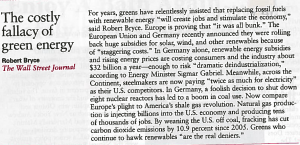

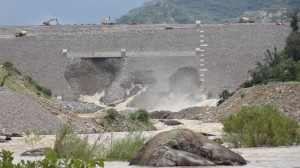
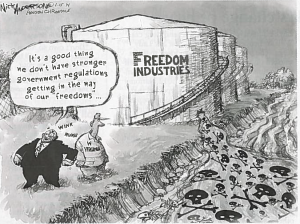
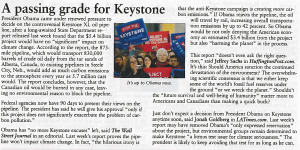
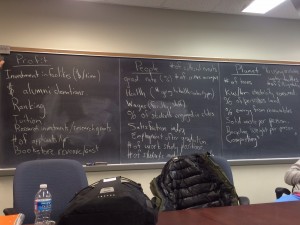
Recent Comments